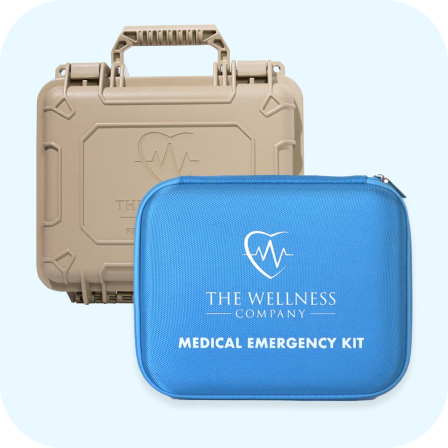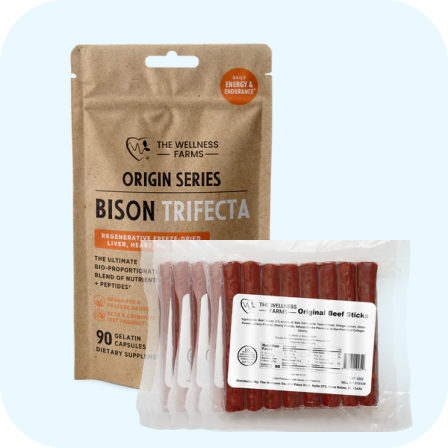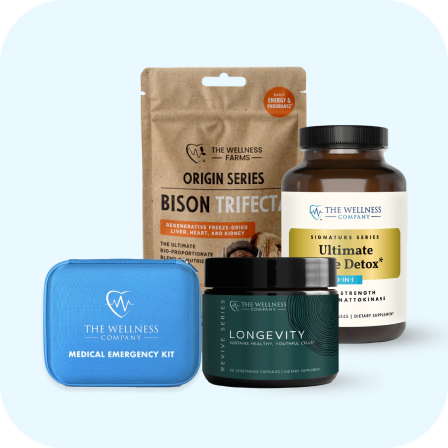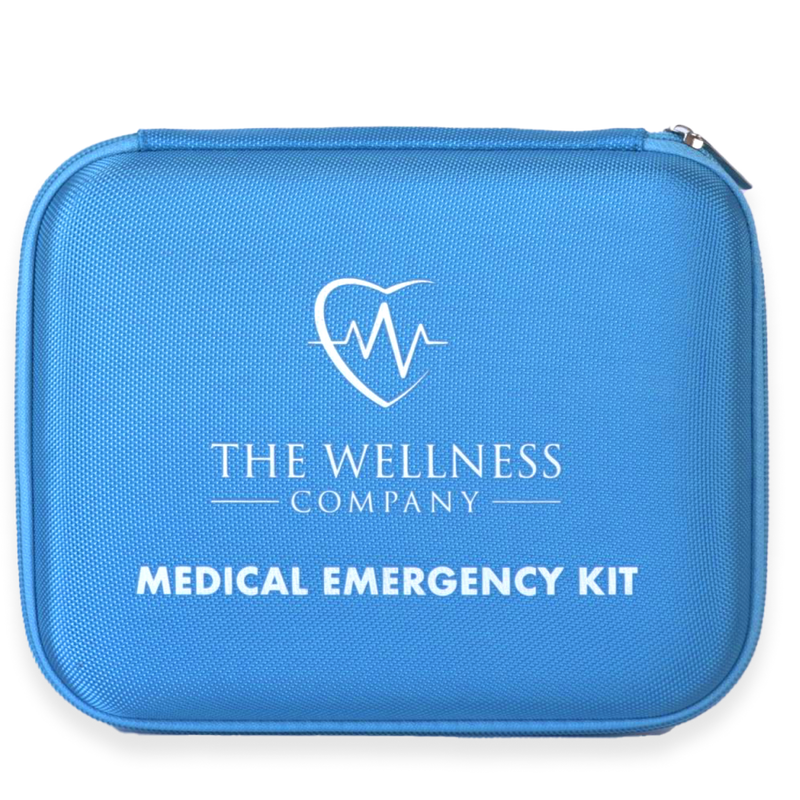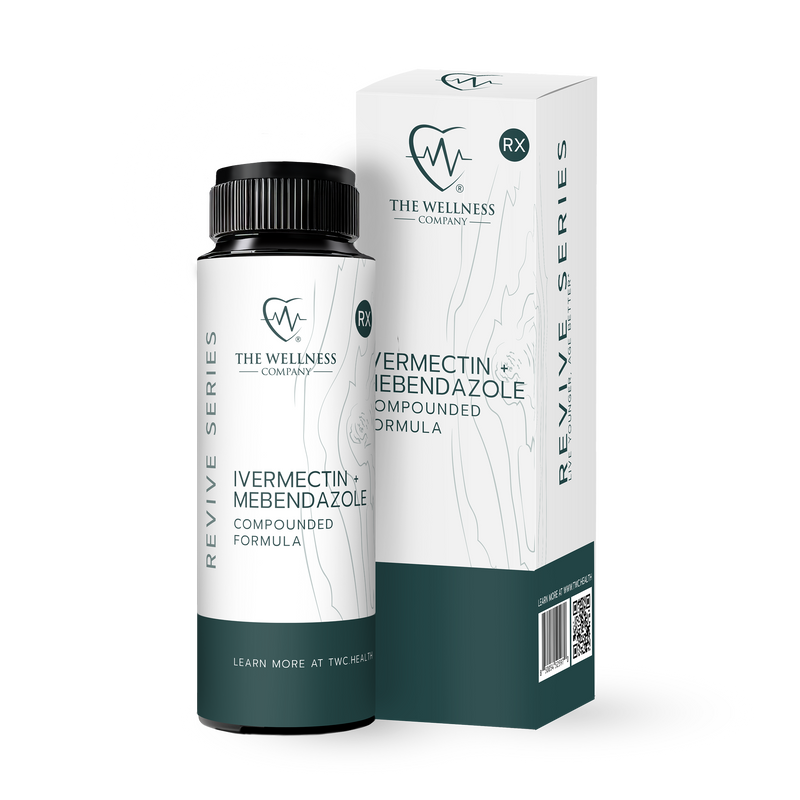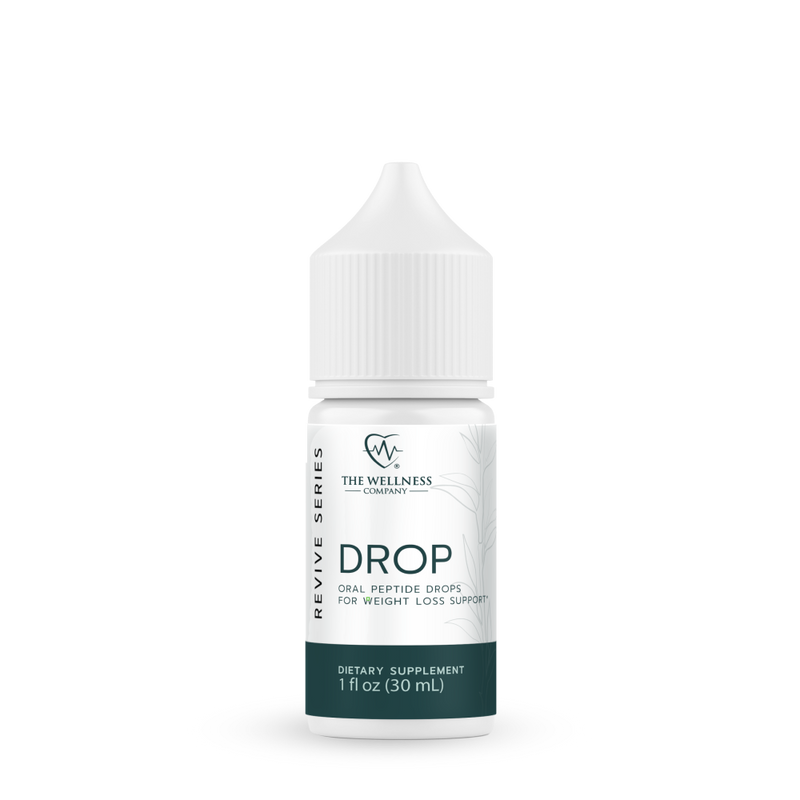One in Four Will Suffer Debilitating Arthritis From This Mosquito-Borne Illness
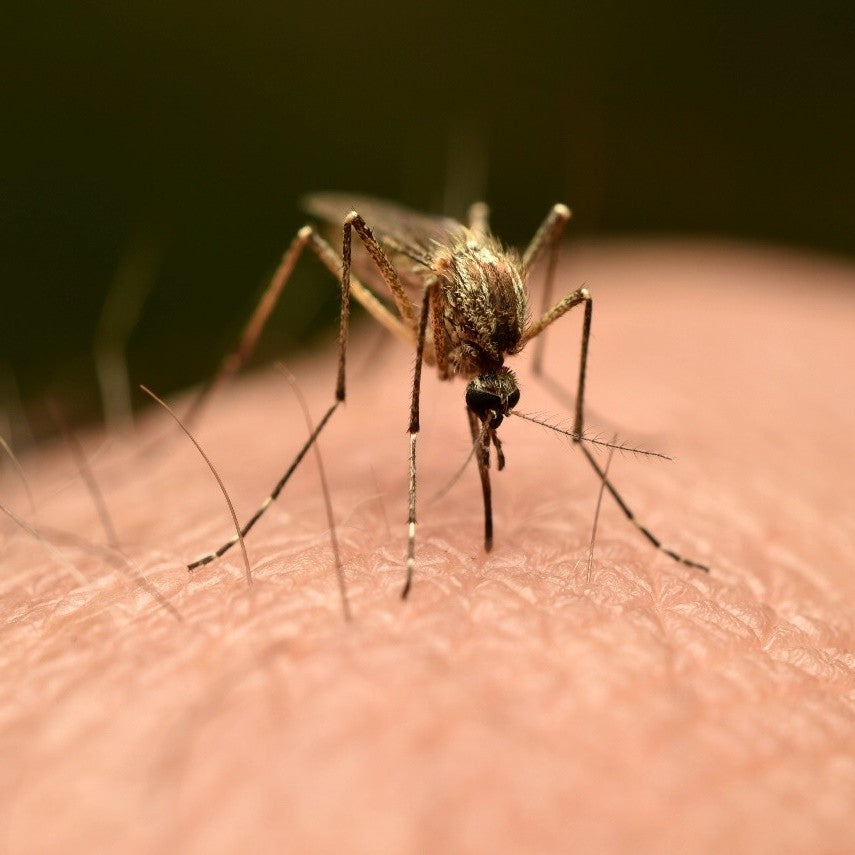
Chikungunya virus is making headlines
Found mostly in tropical and temperate regions of the world, Chikungunya virus (CHIKV) is a vector-borne illness caused by the bite of an infected mosquito, either Aedes aegypti (predominantly in tropical countries) or Aedes albopictus (predominantly in temperate countries). CHIKV has been identified in over 60 countries across Asia, Africa, Europe, and the Americas.
Identified in 1952, the name chikungunya comes from the Kimakonde language, meaning “that which bends up,” reflecting the contorted posture caused by severe joint pain in infected individuals. Historically, outbreaks were sporadic, but viral mutations and adaptation to Aedes albopictus have caused a dramatic increase in recent years. (1,2,3)

Increase in Cases Since 2020
From 2020 to 2024, CHIKV cases rose globally from 100,000 to 427,000. In the US, cases increased from 22 in 2020 to 199, all linked to travel abroad where individuals were bitten by infected mosquitoes. (2)
Onset and Symptoms
Onset occurs 4-8 days after being bitten by an infected mosquito. Symptoms can resemble dengue or Zika, making diagnosis challenging.
- Abrupt onset of fever
- Severe joint pain, which can be debilitating and last for months or years
- Muscle pain
- Headache
- Nausea
- Fatigue
- Rash
- Tendonitis and bursitis
Most patients fully recover, though some may experience eye, heart, or neurological complications. High-risk groups include newborns and elderly individuals with underlying conditions. Hospitalization may be required in severe cases.
Phases
- Acute phase: Lasts 5–10 days, characterized by sudden high fever, which can exacerbate underlying rheumatic conditions or cause relapses in autoimmune arthritis.
- Sub-acute phase: Lasts 6–21 days; CHIKV arthritis may begin.
- Chronic phase: If symptoms persist beyond 3 months, chronic inflammatory rheumatism (CHIKV arthritis) can develop. About 25% of patients experience chronic arthritis. (1)
Diagnosis and Treatment
Diagnosis is confirmed through blood tests, but clinicians recommend starting treatment if CHIKV is suspected rather than waiting for results.
- No specific treatment at initial onset; symptom management is key.
- During the first 5–9 days, acetaminophen is recommended until dengue is ruled out. Afterward, non-steroidal anti-inflammatories and hydration are advised.
- For symptoms persisting beyond 3 weeks, methylprednisolone is recommended (included in our Field Emergency Kit). Disease-modifying anti-rheumatic drugs (DMARDs) like methotrexate (MTX), sulfasalazine (SSZ), and hydroxychloroquine (HCQ) may help in chronic CHIKV arthritis with ongoing synovitis or tenosynovitis.
Planning a trip abroad? Don’t get caught without the medications you need. Get the Field Emergency Kit for peace of mind.
References
- Pathak H, Mohan MC, Ravindran V. Chikungunya arthritis. Clin Med (Lond). 2019 Sep;19(5):381-385. doi: 10.7861/clinmed.2019-0035. PMID: 31530685; PMCID: PMC6771335.
- Centers for Disease Control and Prevention. (2024). About Chikungunya. https://www.cdc.gov/chikungunya/about/index.html
- World Health Organization. (2024). Chikungunya fact sheet. https://www.who.int/news-room/fact-sheets/detail/chikungunya
Written by Brooke Lounsbury









